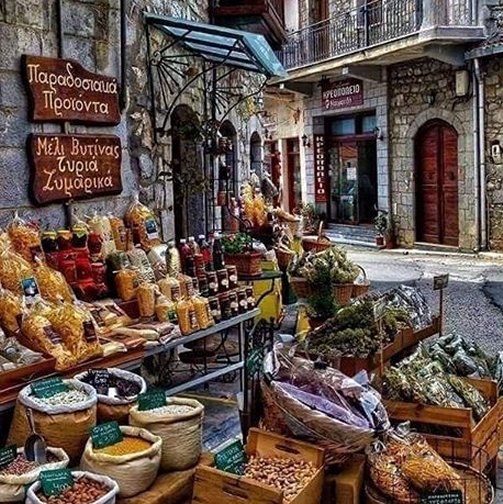Vytina . . .
The village of Vytina lies at an altitude of 1030 metres in the Mainalos Mountains in a wooded area with pine, fir and chestnut trees and is one of the most popular excursion destinations in the Peloponnese and throughout Greece.
It has 652 inhabitants (2011 census) and formed together with some surrounding villages an independent municipality from 1997 to 2010, which merged into the newly created municipality of Gortynia on January 1, 2011.
According to most people, the name comes from the word "Vythos - Βυθός", because the village was originally built in a hollow. It was probably founded after the abandonment of the ancient city "Methydrio - Μεθύδριο", whose ruins are 5 kilometers away.




